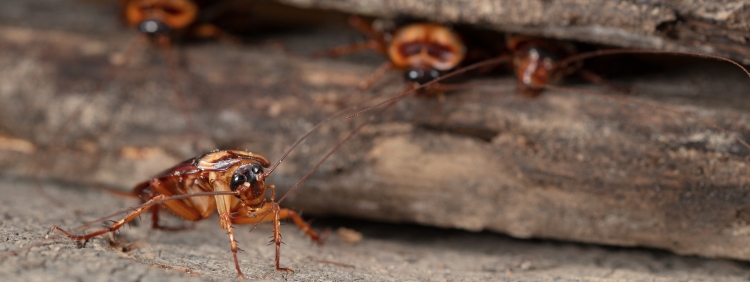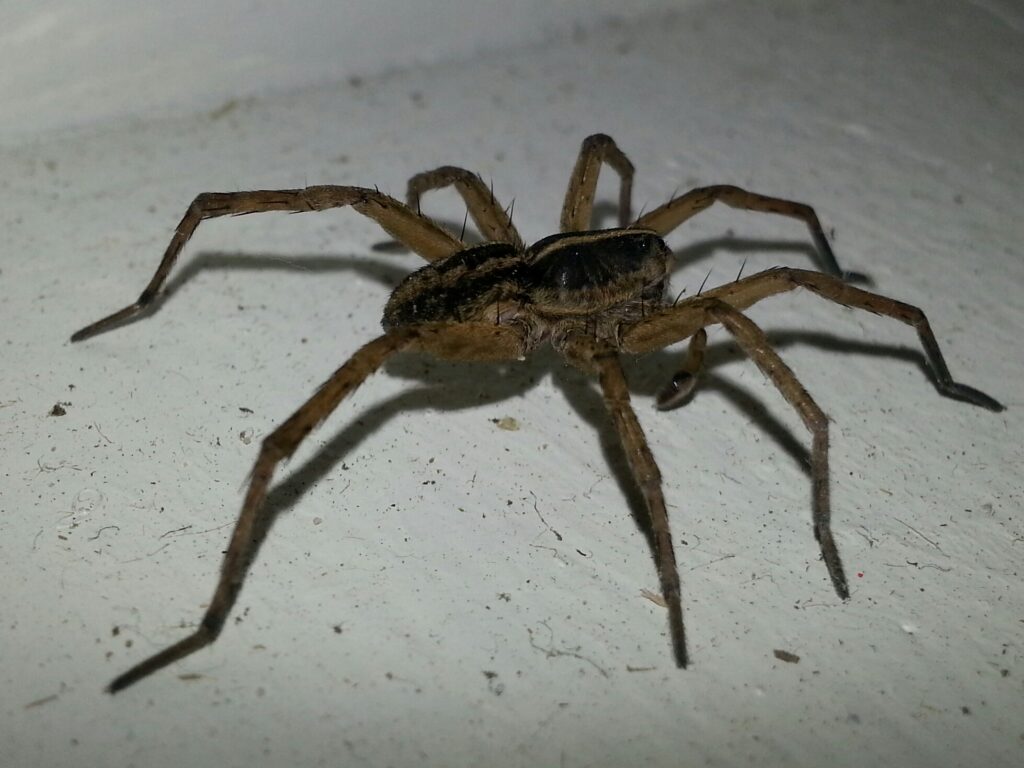 Cockroaches are one of the most common and least-liked pests found in homes and businesses. Despite this, many people do not fully understand what these resilient insects look like and how to identify them correctly. In this blog, we aim to provide detailed insights into the appearance of these unwelcome guests.
Identifying cockroaches accurately is crucial, particularly in regions like Burlington where infestations can cause significant disruption and concern. At Truly Nolen, we understand that knowledge is power when it comes to effective pest control. By equipping you with the right information, we hope to empower you to take proactive steps in managing and preventing infestations.
Commercial pest control in Burlington, like our services at Truly Nolen, plays a vital role in maintaining a healthy and safe environment. Through this blog, you will learn how to recognize different types of cockroaches, their distinguishing characteristics, and why professional assistance is often necessary to tackle them effectively. Stay tuned as we delve into the world of cockroaches and help you understand more about these pests.
Cockroaches are one of the most common and least-liked pests found in homes and businesses. Despite this, many people do not fully understand what these resilient insects look like and how to identify them correctly. In this blog, we aim to provide detailed insights into the appearance of these unwelcome guests.
Identifying cockroaches accurately is crucial, particularly in regions like Burlington where infestations can cause significant disruption and concern. At Truly Nolen, we understand that knowledge is power when it comes to effective pest control. By equipping you with the right information, we hope to empower you to take proactive steps in managing and preventing infestations.
Commercial pest control in Burlington, like our services at Truly Nolen, plays a vital role in maintaining a healthy and safe environment. Through this blog, you will learn how to recognize different types of cockroaches, their distinguishing characteristics, and why professional assistance is often necessary to tackle them effectively. Stay tuned as we delve into the world of cockroaches and help you understand more about these pests.
Physical Appearance of Cockroaches
Cockroaches possess a distinct and easily identifiable appearance, which can be crucial for proper identification and effective control. Most species have a flat, oval-shaped body that allows them to hide in narrow crevices. Adults typically range in size from 1/2 inch to 2 inches in length, though some species can be slightly larger. Their colouration varies depending on the species, with common hues including shades of brown, black, reddish-brown, and even a pale yellow-brown. A key characteristic of cockroaches is their long, slender antennae, which they use for navigating their environment and locating food sources. These antennae are typically as long as or longer than their body. The head of the cockroach is small and largely concealed under a pronotum—a shield-like structure that covers the top of the thorax. They have six legs, each equipped with spines that aid in their rapid movement and ability to climb. This incredible mobility, combined with their flattened bodies, makes them adept at accessing tight spaces within homes and businesses. Many species also have wings; however, not all of them are capable of sustained flight. Wings, when present, are usually positioned flat against the back and can sometimes be mistaken for additional body segments. Understanding these physical traits is essential for distinguishing cockroaches from other household pests and addressing infestations effectively.Different Species of Cockroaches Commonly Found in Burlington
Understanding the various species of cockroaches that are prevalent in Burlington is essential for effective identification and control. Each species has unique characteristics and behaviours that can impact the approach needed for successful eradication. Let's explore the most common types of cockroaches you might encounter in this region.German Cockroach
The German cockroach (Blattella germanica) is one of the most widespread species in Burlington. Measuring about 1/2 to 5/8 inch in length, they are light brown to tan with two dark, parallel stripes running from their head to the base of their wings. They are known for their rapid reproduction rate, making infestations particularly challenging to control. German cockroaches prefer warm, humid environments and are commonly found in kitchens and bathrooms.American Cockroach
The American cockroach (Periplaneta americana) is significantly larger, reaching up to 2 inches in length. They are reddish-brown with a yellowish figure-eight pattern on the back of their head. They are also known as “waterbugs” due to their tendency to inhabit damp areas such as basements, sewers, and drains. Despite their name, American cockroaches are found worldwide and are a common target for commercial pest control in Burlington.Oriental Cockroach
The Oriental cockroach (Blatta orientalis), often referred to as a "waterbug" or "black beetle," is about 1 inch in length and exhibits a shiny black to dark reddish-brown colouration. They thrive in cool, damp environments, often being found in basements, crawl spaces, and areas with accumulated debris. Oriental cockroaches are less agile on vertical surfaces compared to other species, but they can still be a significant nuisance due to their strong odour and preference for decaying organic matter.Brown-banded Cockroach
The brown-banded cockroach (Supella longipalpa) is a smaller species, usually measuring about 1/2 inch long. They are named for the distinctive light brown bands across their wings and abdomen. Unlike most other species, brown-banded cockroaches prefer drier, warmer areas and can often be found in living spaces such as bedrooms and furniture. Understanding these different species helps in identifying and implementing effective pest management strategies. Enlisting professional pest control services is often essential for handling these resilient pests, ensuring a safe and healthy environment in both residential and commercial settings.
Signs Of An Infestation
Recognizing the signs of an infestation early can help prevent a minor problem from escalating into a serious one. One of the most obvious signs is spotting live cockroaches, particularly in areas like kitchens and bathrooms where they tend to be more active. Additionally, you might discover droppings, which resemble small, dark smears or pellets, near their nesting sites or along their travel paths. Another indicator is the presence of egg cases which are typically deposited in hidden, secure locations. These egg cases are usually brown and can contain multiple eggs. Unpleasant, musty odours are also a common sign, particularly in larger infestations where the presence of live and dead cockroaches can emit a strong, oily smell. You may also notice damage to food packaging and other household items, as they are known to chew through various materials in search of food. Additionally, their nocturnal nature means you are more likely to notice activity at night. Understanding what are some signs of pests such as these can be invaluable for early detection and control. If you observe any of these signs, it is advisable to seek professional pest control services to effectively tackle the problem.Tips for Preventing and Getting Rid of Cockroaches
Preventing an infestation takes consistent effort and vigilance. Here are some practical tips to help keep your home or business cockroach-free:- Maintain Cleanliness: Regularly clean kitchens, bathrooms, and dining areas to remove food particles and grease. Ensure that all surfaces are wiped down and crumbs are swept away.
- Proper Food Storage: Keep food sealed in airtight containers and avoid leaving leftovers or pet food out. Dispose of garbage in sealed bins and take out the trash regularly.
- Fix Leaks: Repair any leaky faucets, pipes, and drains as these pests are attracted to moisture. Regularly check under sinks and appliances for water accumulation.
- Declutter: Reduce clutter in your home, especially in storage areas, as cockroaches thrive in hidden, undisturbed spots.
- Seal Entry Points: Inspect and seal any cracks, crevices, and gaps in doors, windows, and walls to prevent them from entering your property.
- Maintain Outdoor Areas: Keep outdoor areas clean and free of debris, trim plants and shrubs, and make sure to clean up any fallen leaves or organic matter near your home.

